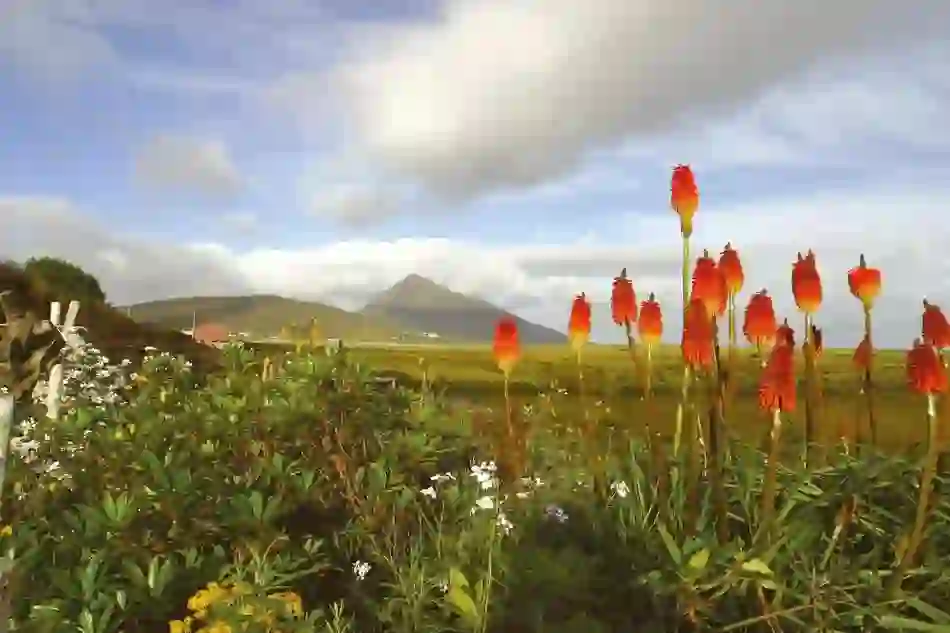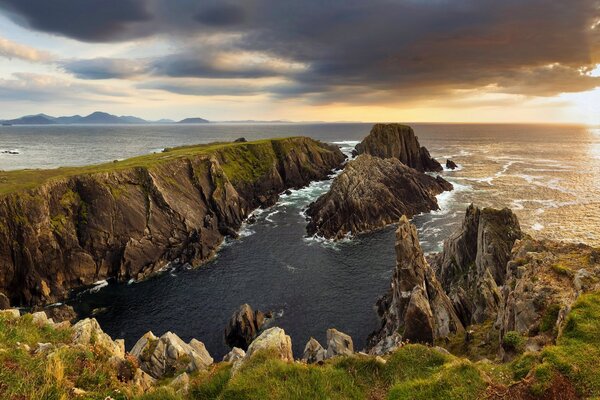

Islands of Lough Erne

You wouldn’t be the first to fall in love with these pockets of land floating in the inky blue waters of both Upper and Lower Lough Erne. Ancient Celts, Christian monks and marauding Vikings have all left their mark on the islands here, with medleys of pagan rocks and crumbling churches charting their journeys over the centuries. We'll start with a few highlights, but everywhere you explore will linger in your heart long after you’ve left.
The first highlight is discovering the islands themselves. Hop aboard a boat skippered by an experienced local; they'll help you plot the best route based on Lough Erne's changing currents, seasons, and movements of wildlife. As you cut through the blue lake waters, look out for colourful kingfishers zipping by as your guide regales you with stories of these ancient islands. Sit back and relax – your adventure on the water is well underway.


Lough Erne, County Fermanagh
Boats on Lough Erne
Devenish Island
Devenish – or the Isle of Oxen – lies at the south end of 300 square miles of glistening water on Lower Lough Erne. Its 70 or so acres supported a 6th century monastic site, which was raided by Vikings and burned in the 12th century, but it rose again to flourish in the Middle Ages. Its ruins – St Molaise's Church, St Mary's Abbey, and a round tower – survive, leaving eerie echoes of its rather turbulent 1,500-year history. As you walk around this tranquil island, take a moment to think about the saints and scholars, the drama, intrigue and wonder that filled this lush green landscape in the centuries before.
Journeying to Devenish is quite simple... A ferry service operates in the summer months from Trory jetty, Enniskillen. You can also book a private tour with Erne Water Taxi or with Erne Tours, which has sailings daily from the Round O jetty in town. Want to go under your own steam? Rent a kayak or canoe, or opt for a self-drive boat, which can be rented for an hour or two from Erne Boat Hire.


White Island, County Fermanagh
Stone figures
Strange figures on Boa and White Islands
At the top end of the lough you'll find Boa Island, which is accessible by road bridge. Boa was named after Badhbh (pronounced "Bive"), an ancient goddess of war, which seems at odds with this idyll of rural tranquility. As you pass along the main road, keep an eye out for the Caldragh Cemetery. Follow a little lane past herds of curious cows, unlatch the gate and you'll be in a tiny graveyard that boasts two of the most enigmatic statues on the island of Ireland. Between them, they have three faces and, while the larger statues with a Janus face was originally thought to be Roman, experts suspect it may actually portray a Celtic goddess.
Pick up a ferry from Castle Archdale to White Island for even more mysterious figures. These date back to the 6th century, but form part of the walls of a 12th century church. The carvings are thought to have been seized during a Viking raid in the 9th century before being discovered by workmen 400 years later. They then used them in the construction of the church, itself now in ruins.


Finn Lough, County Fermanagh
Finn Lough Bubble Domes
Island adventures: from bubble domes to luxury dining
When it comes to experiences, this area is not short of a surprise or two. Find out more about the Belleek Pottery factory, which has been part of the landscape for over 160 years. Stick around for a night under the stars in the bubble domes at Finn Lough, pitch up in the Castle Archdale Caravan Park, hire canoes or bikes, or simply take a walk through the lovely mix of lakeland, woodland, castles and cliffs the area is famed for.
Along the way you can be sure of a great variety of food and drink, like heavenly cakes at the charming Thatch in Belleek. Enjoy fine dining at The Catalina Restaurant in the Lough Erne Resort, delightful local produce at the restaurant at Finn Lough, or dinner with a view at Lusty Beg Island. And enjoy a taste sensation and tour of The Boatyard Distillery near Enniskillen, and see how the team produces its fine spirits, while discovering the secret behind its famous ‘Érainn’ copper still.
























